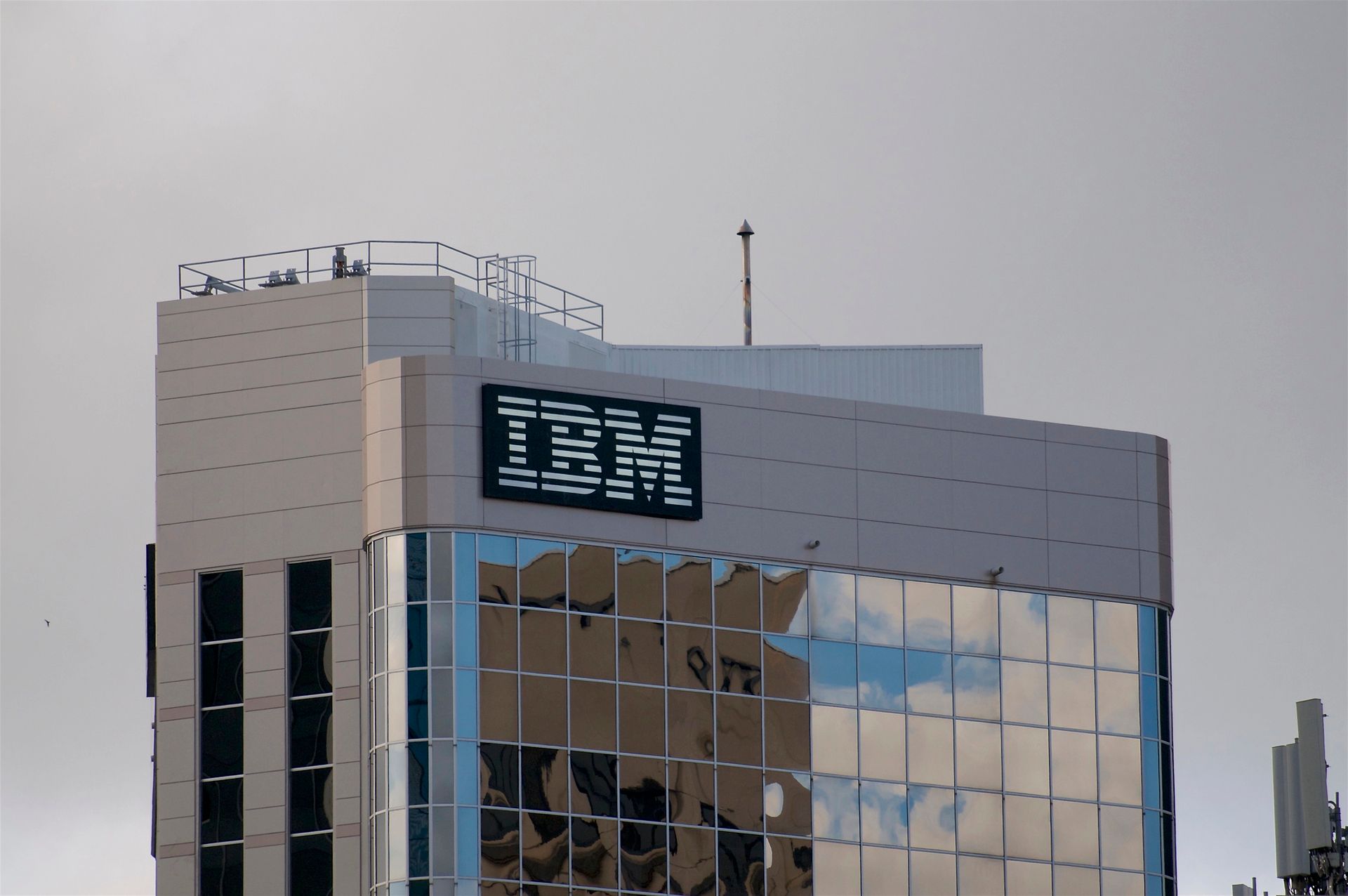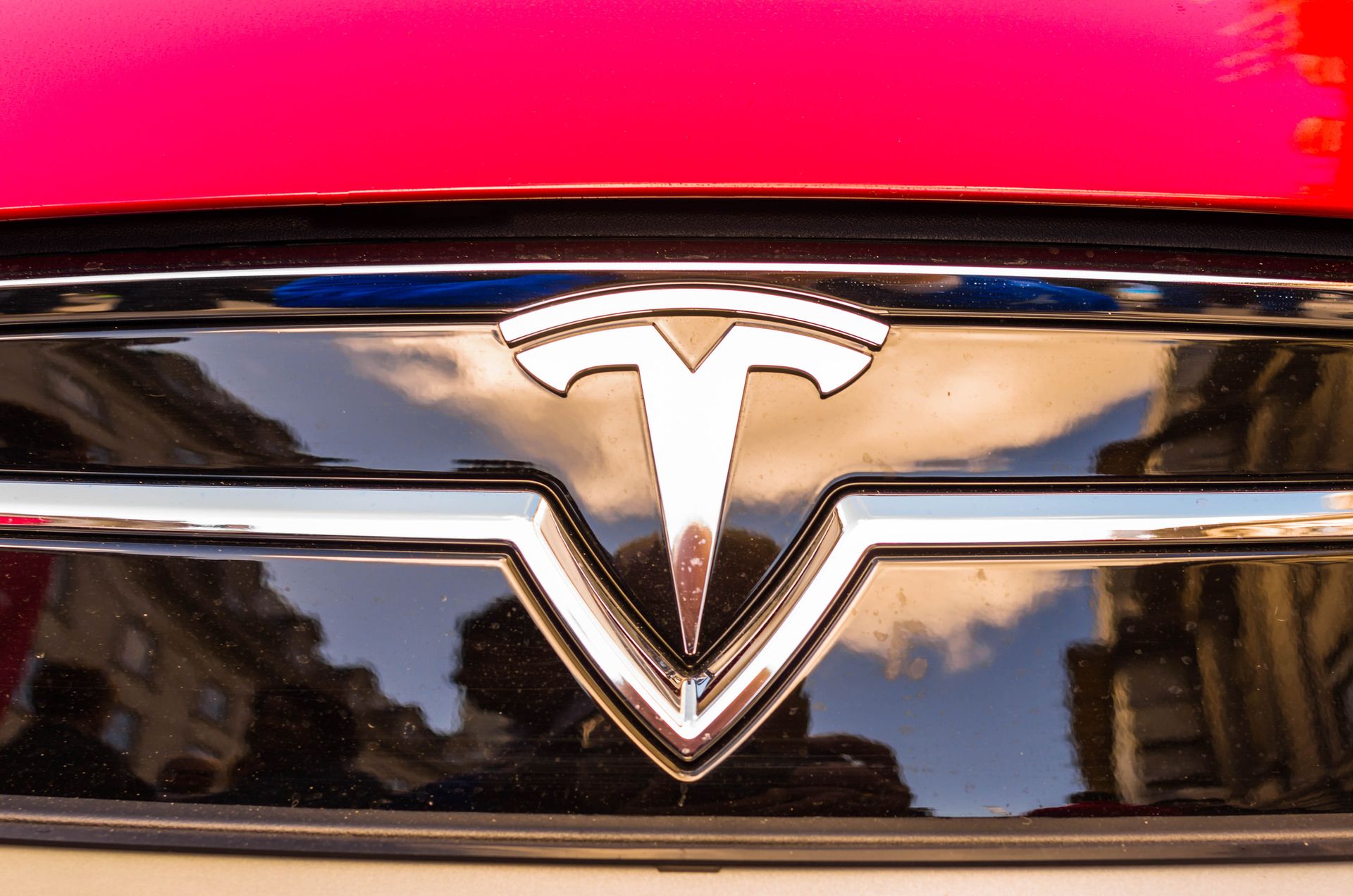- Tech Stock Insider
- Posts
- This Semiconductor Company Looks to Steal the Show in Q3
This Semiconductor Company Looks to Steal the Show in Q3
Another quarter, another beat, but the real story is still unfolding.
With margins climbing, guidance raised, and a content wave on deck, one semiconductor company is setting up for a breakout second half.
Add in additional tech movers lining up for potential earnings surprises, and you’ve got a week worth watching.

Never Miss Our Top Tech Recommendations Again!
We now send our tech picks via text, too, so you’ll get the same tech breakout news without having to open your inbox.

Big Reveal (Sponsored)
A well-known strategist just teased what could be one of the boldest calls of his 20+ year career.
He’s already helped everyday investors get in early on major winners — and now he’s set to reveal his next pick 100% free.
The opportunity? A perfect storm of market forces that could trigger massive upside in a single overlooked corner of the market.
The full breakdown drops July 24 at 2 p.m. ET — and it’s completely free to attend.

Enterprise Software
IBM Puts AI on the Mainframe With a Security-First Upgrade

IBM (NYSE: IBM) is giving its mainframe OS a major overhaul.
The company has unveiled z/OS 3.2, the latest version of its flagship operating system, engineered to integrate AI workloads directly into mission-critical enterprise data.
This release aligns closely with the new IBM z17 hardware, positioning the platform to meet modern demands, including real-time inference, fraud detection, and supply chain optimization.
At its core, z/OS 3.2 removes friction between AI and sensitive enterprise data.
Rather than offloading datasets to the cloud for processing, companies can now run both traditional and generative models in-house, boosting performance while reducing compliance risk.
Updates to NoSQL support also introduce native Python access, making z/OS more accessible to data teams.
For hybrid cloud use cases, z/OS 3.2 expands API access to both structured and unstructured mainframe data.
This eliminates the need for ETL workarounds, which often slow innovation and introduce errors.
IBM is also embedding more innovative workload management tools that predict usage spikes and automate resource balancing.
On the security side, the system now features built-in quantum-safe encryption and advanced threat detection layers.
These upgrades reflect a broader push to prepare for long-term cyber threats while maintaining reliability for high-stakes industries.

EV Infrastructure
Tesla Builds the First Supercharger Hub That Entertains While You Wait

Tesla (NASDAQ: TSLA) has launched a new type of EV infrastructure hub in Los Angeles, blending charging, entertainment, and brand immersion into one retro-futuristic experience.
The newly opened Tesla Diner & Drive-In combines 80 of the company’s v4 Supercharger stalls with a dual-screen outdoor theater and integrated audio streaming that syncs directly with the vehicle.
The concept goes beyond adding amenities to a charging station.
With embedded tech features such as in-car audio for movies, robotics displays, and Tesla ecosystem interactivity, this launch transforms downtime into engagement time.
For Tesla, it’s a strategic move to deepen user touchpoints while reinforcing brand loyalty within the vehicle itself.
Rather than treating Superchargers as passive infrastructure, Tesla is positioning them as branded destinations.
The integration of digital screens, synchronized entertainment, and smart charging systems demonstrates how software and physical infrastructure can be merged to create new forms of customer interaction.
If replicated elsewhere, this could redefine expectations for EV charging design.
Instead of parking and waiting, drivers get an immersive, tech-forward experience tied to the Tesla environment.
The model may offer a blueprint for how charging networks can evolve beyond utility into platforms for services, commerce, and media.
As EV adoption scales, infrastructure innovation like this could shift how automakers design for time, attention, and digital integration in public spaces.

Policy Shift (Sponsored)
While headlines focus on the same overhyped AI names, a bigger opportunity is taking shape — and it’s flying under the radar.
A new report reveals 9 AI companies with real U.S. operations, accelerating revenue, and deep AI integration. These aren’t speculative plays — they’re positioned to benefit from a massive shift in how and where AI is being built.
This free guide includes:
A chip supplier poised to fuel U.S. AI manufacturing
A cloud provider set to expand under new policy changes
A data firm with potential government contracts on deck
The early window on these opportunities may be closing — now’s the time to see what’s coming next.

Mobile Security
Google Strengthens BYOD Security with New Chrome iOS Update

Google (NASDAQ: GOOGL) is rolling out key updates to Chrome on iOS, introducing profile-level separation for work and personal accounts.
The move aligns with rising demand from companies managing hybrid devices under bring-your-own-device (BYOD) policies.
With the update, Chrome now allows users to switch between accounts on iPhones while keeping browser data siloed.
Each profile keeps its tabs, history, and saved passwords, ensuring that enterprise information remains isolated from personal browsing.
This mirrors similar capabilities already available on Chrome for Android and desktop platforms.
For IT teams overseeing managed Google Workspace environments, the update brings new enterprise-grade controls.
Companies can now enforce URL filtering for managed accounts and push mobile browser activity logs directly to the Admin console or a chosen SIEM system.
These features expand Google’s existing Chrome Enterprise toolkit into iOS, adding consistency across platforms.
The experience also includes a new onboarding flow for users signing in with managed accounts.
This onboarding makes it clear when users are operating within the corporate environment, providing both employees and administrators with greater clarity around data boundaries.
As mobile work continues to grow, especially on iOS devices, Google is strengthening its enterprise browser security by tightening the walls between personal and business use.
These updates reflect a broader trend of building secure productivity ecosystems on mobile without requiring separate devices.

Recent Tech Movers
Block (NYSE: XYZ) has been added to the S&P 500, and passive funds are now expected to buy over 100 million shares to match the index.
The stock rose 7 percent, but this may be more about what comes next than the initial surge.
S&P inclusion often leads to short-term buying pressure, but it can also spark long-term re-rating if execution improves.
Block is still down on the year, and sentiment around Cash App remains mixed, but the company now has a chance to reset expectations heading into Q3 earnings.
Any signs of margin recovery or product acceleration could help justify the renewed attention.
PayPal (NASDAQ: PYPL) has rallied more than 30 percent since April, and Q2 earnings may be the moment it either confirms or loses that momentum.
Investors have seen this setup before, with improving technicals, early product traction, and rising buybacks, only to watch it fizzle.
This time could be different. The company is pushing into new revenue lines with its Venmo debit card and PYUSD stablecoin.
With a historically low valuation and increasing focus on profitability, even a modest earnings surprise could spark a longer-term recovery narrative.
The setup going into the call is as important as the results themselves.
Aehr Test Systems (NASDAQ: AEHR) is enjoying a significant jump after announcing a major follow-up order from a top AI customer.
The deal doubled that customer’s install base and suggests stronger demand for its chip testing systems.
The spike was big, but the story may just be starting. AEHR hit a new 52-week high, broke key technical levels, and saw volume surge—signs that momentum is building.
While the stock has been volatile this year, AI-driven orders like this one could reset the narrative.
If future announcements show broader customer adoption or higher margins, AEHR could shift from niche player to core enabler in the AI hardware buildout.

Sector Incentive Stocks (Sponsored)
The second quarter has brought a wave of volatility, but also rare opportunity.
A just-released investor guide reveals seven stocks positioned to lead, based on deep research and market momentum.
These companies have one thing in common: big upside with limited crowd exposure.
From energy to biotech, this report uncovers where the smart money is flowing.
Claim the full list now before institutional buyers drive up prices.
[Get Your Free Guide Now]

Don’t Overlook This Tech Stock
Arista Networks (NYSE: ANET) has flown under the radar despite playing a critical role in the AI infrastructure boom.
The company builds high-performance networking gear used by major hyperscalers like Meta and Microsoft—and demand is accelerating.
Revenue and earnings have consistently topped expectations, yet the stock hasn’t seen the same hype as others in the AI space.
That could change.
With new product rollouts, growing enterprise adoption, and a steady climb in market share, Arista is positioning itself as a backbone provider for AI data traffic.
If upcoming results confirm margin strength and backlog growth, ANET could move into a higher gear.

Everything Else
The S&P 500 could see more upside if Big Tech and AI stocks continue to dominate earnings season over the next two weeks.
A surge in paid subscribers and new bundling strategies could give Disney’s streaming unit room to run in the second half of the year.
Figma’s long-awaited IPO filing has reignited debate over how to value software startups in a post-ZIRP market.
Microsoft confirmed that a zero-day vulnerability in SharePoint allowed attackers to gain privileged access to sensitive enterprise systems.
OpenAI has signed a new strategic partnership with the UK government focused on AI safety and the development of large language models for public services.

That's our coverage for today; thanks for reading! Reply to this email with feedback or any tech stocks you want me to check out.
Best Regards,
—Noah Zelvis
Tech Stock Insider


